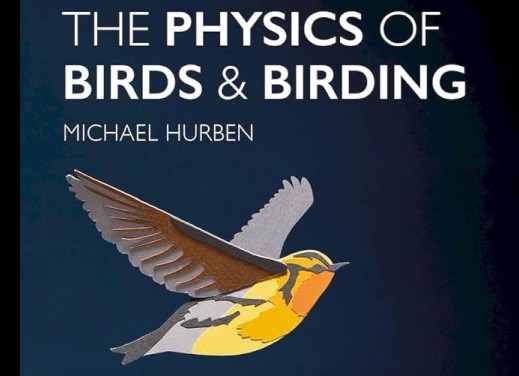
I have to admit that even though I am a Ph.D. chemist, I do not think of chemistry too often when birding. It seems things are different for Michael Hurben, a physics Ph.D. and accomplished birder, who just published a book on the physics of birds and birding.
So, what is the book about?
It is mostly about physics, despite the obvious attempt to connect each chapter to the avian world, so that a chapter on gravity, electrostatic forces, and magnetism is titled “In the Garden: Hummingbirds, Flowers and Forces”. However, it focuses on those areas of physics that have a clear relevance to birds, such as
- Aerodynamics (with the familiar drawings that are used to convince people afraid of flying that there is no magic in that)
- Color (structural and via pigments, i.e., chemical, the latter seeming a bit like poaching in my area, but of course, it belongs in this section)
- Gravity and Motion (with the somewhat clumsy explanation that a Calliope Hummingbird and a penny both feel the same attraction to Earth)
- Thermoregulation (in which physics takes a bit of a backseat to what is already well-covered in ornithology books, in my opinion)
- Vision (with a focus on the UV vision of birds and the resulting much larger scale of dimorphism than visible to humans).
And yes, it is also about birding, explaining how key birding equipment and tools work (and occasionally, do not work without errors):
- Binoculars and Scopes
- Cameras and their Sensors (including aperture and depth-of-field)
- Microphones
- Spectrograms.
Some of the physics in the book will probably be tough going for non-scientists, particularly as the author is not afraid to provide the equations behind some of the topics (which still make me shiver a bit, remembering the obligatory physics lectures I had to endure during my own chemical studies). However, the writing style is pleasant and readable, and the author sometimes is nicely sidetracked into weaving in some background on eminent physicists.
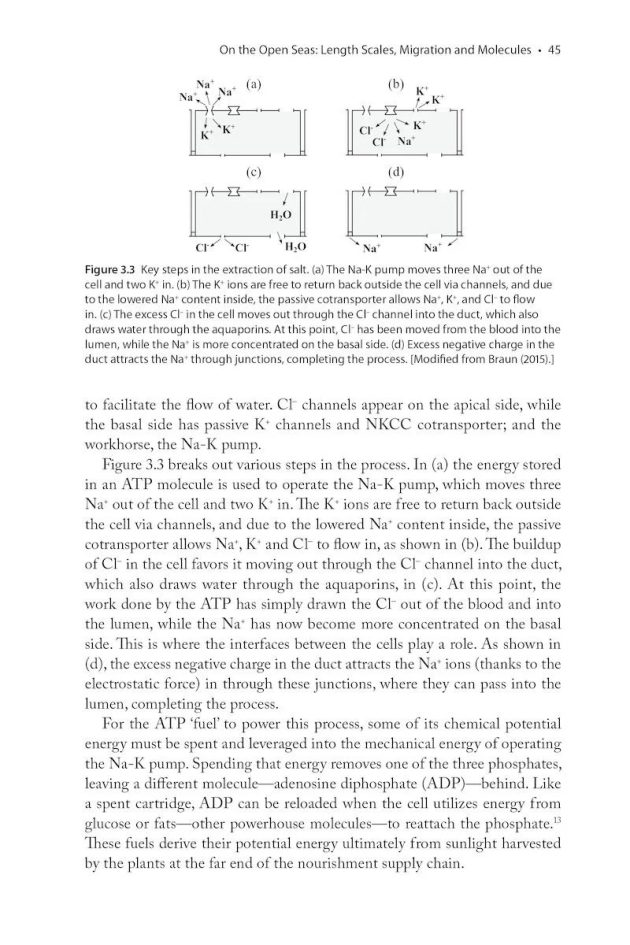
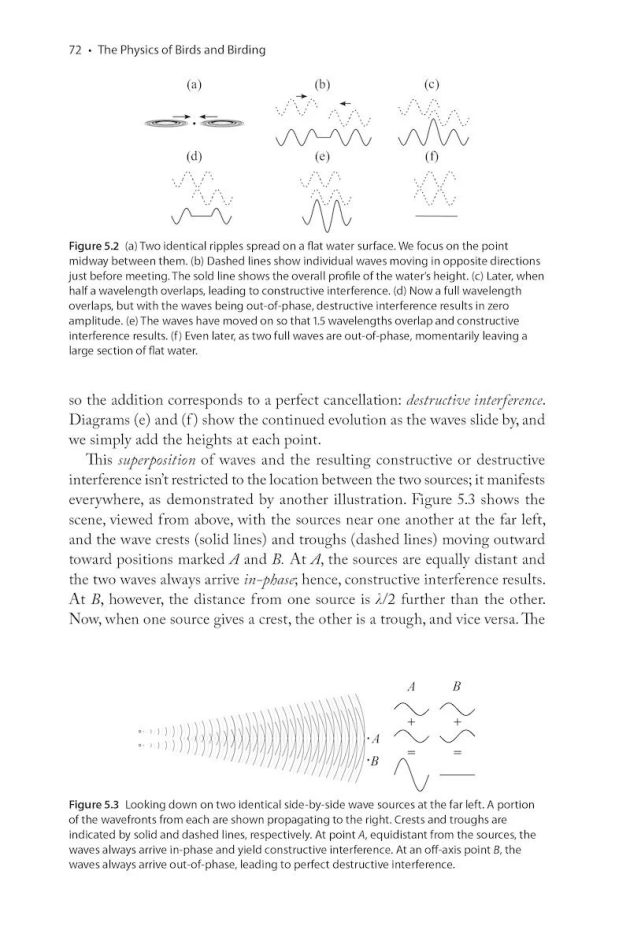
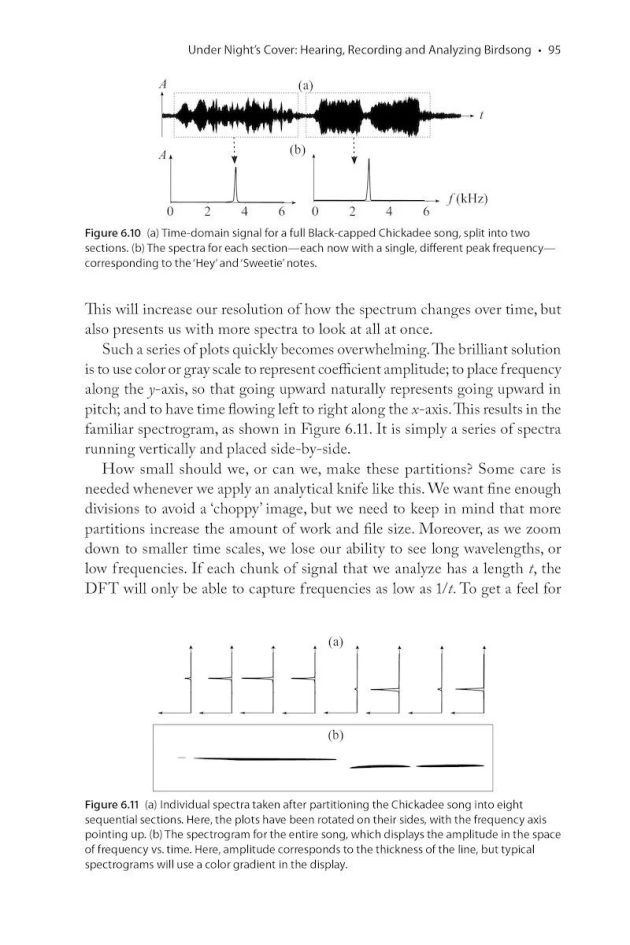
Then, who should read this book? The publisher asked Mr. Hurben the same question in an interview. So I will just quote him directly, as I think his answer is spot-on: “Naturalists with some curiosity about physics would be the primary readership. … I also wrote it for anyone with an appreciation for physics that might be curious about how it shows up in the context of birds and birding, even if that isn’t their hobby (yet).”
The author is also asked about his most interesting finding in preparing the book, and while he mentions the importance of bills in thermoregulation of birds such as the toucans, my own such item was a drawing with an egret looking at a fish in the water – and due to the light refraction, the fish is at a different location than how where it seems to be from the perspective of the egret.
The book ends with a short coda tantalizing the reader with more topics related to physics and birding – such as the silences of owl’s wings, the energy budget of migrating birds, or the structural physics of nests. The author calls these topics “dips” – readers of the book may hope that some of these dips will eventually be overcome, maybe in another book?
End note: Before even starting to read the book reviewed here, just seeing the title gave me the idea of starting a series of blog posts titled “The Chemistry of Birds” (the first few posts have already been published). There is a lesson here: If you cannot be as creative as Mr. Hurben, you can at least steal ideas from people like him and adapt them to your own field.
The Physics of Birds and Birding
The Sounds, Colors and Movements of Birds, and Our Tools for Watching Them
By Michael Hurben
Published by Pelagic on May 20, 2025
ISBN 9781784273071
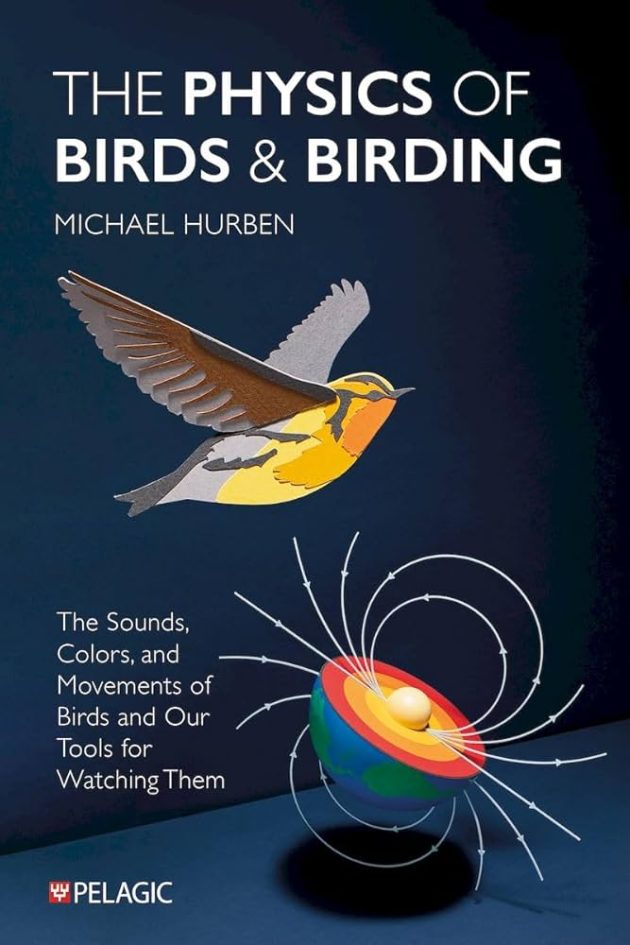



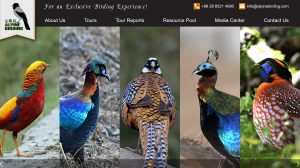
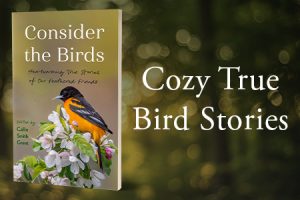
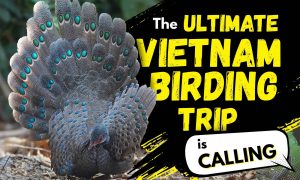
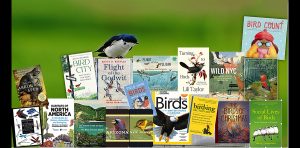
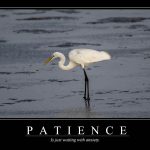
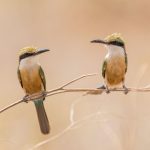
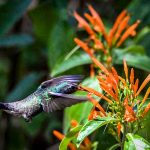
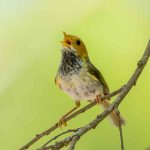
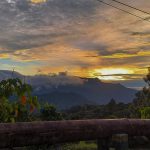
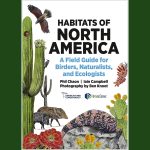
Better properly stolen than poorly invented… looking forward to the chemistry book already